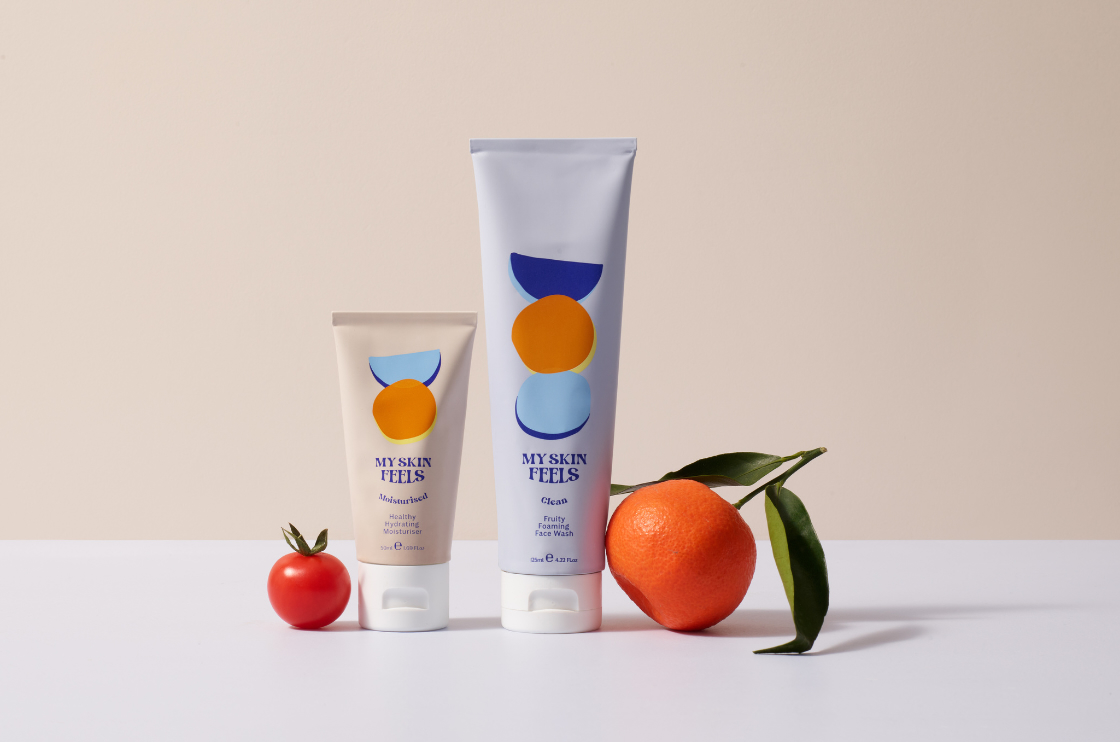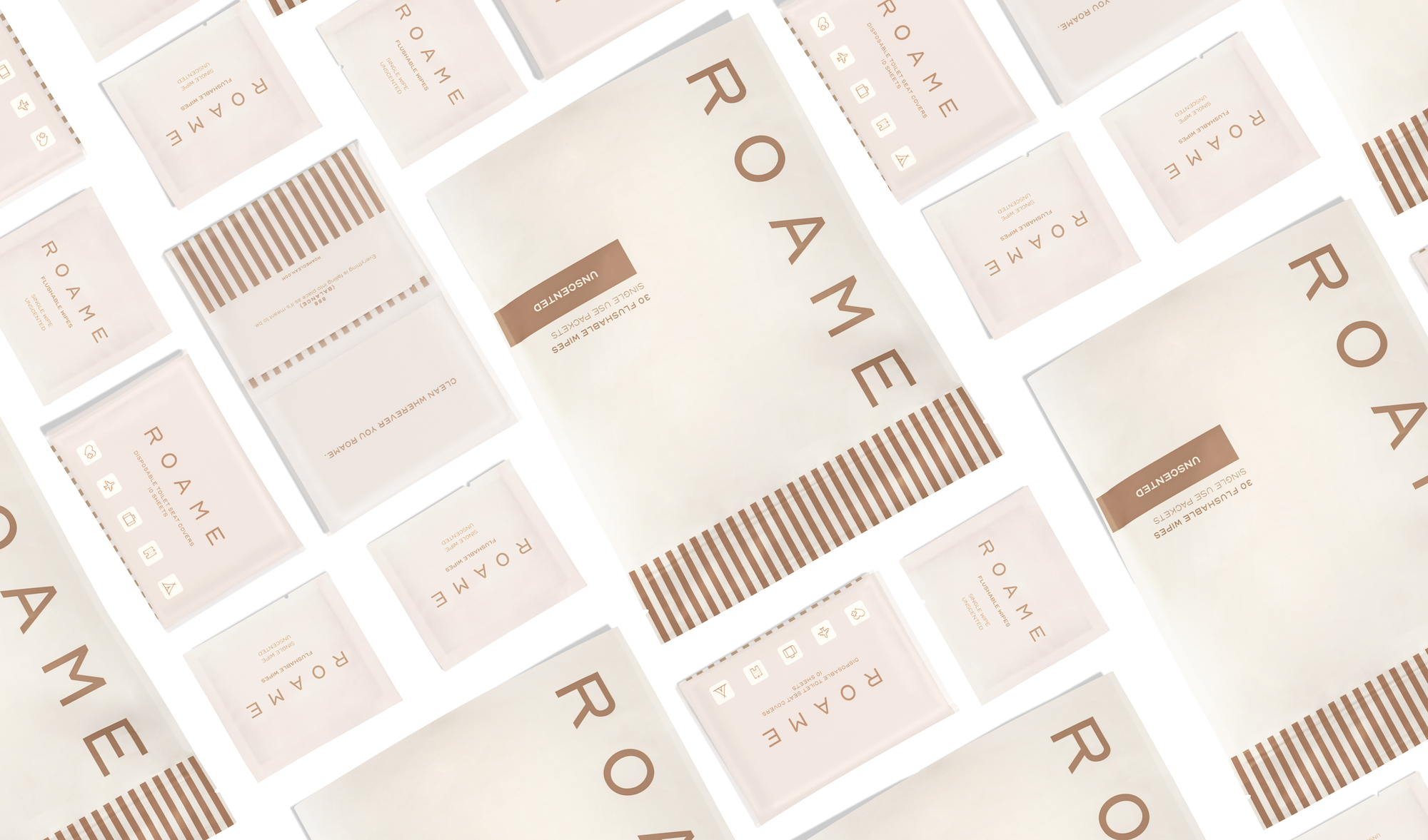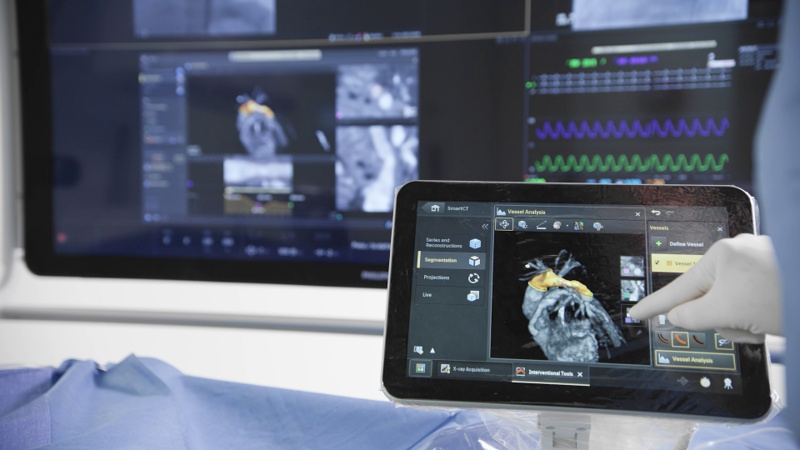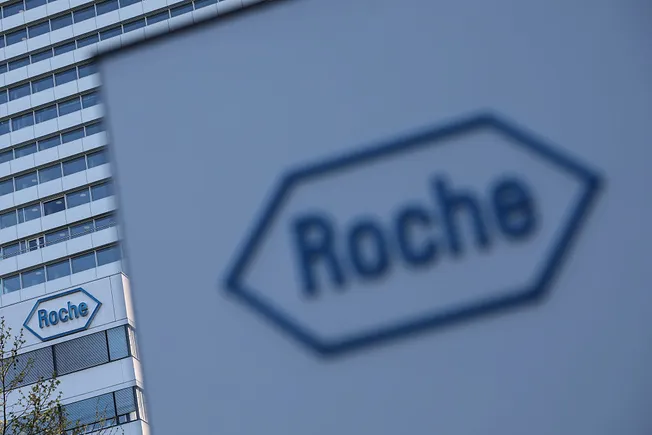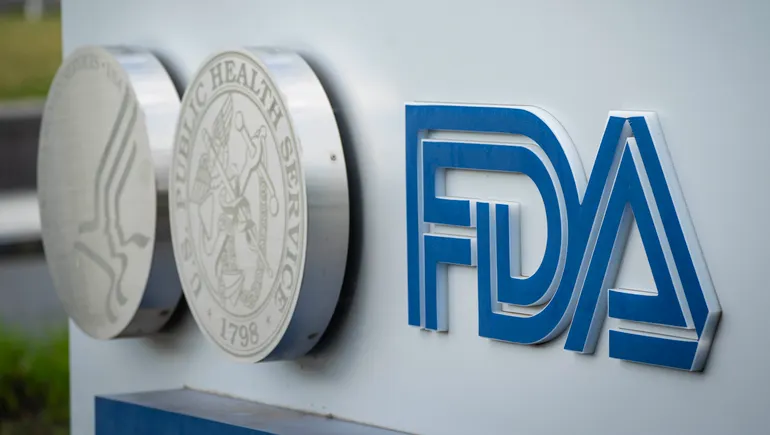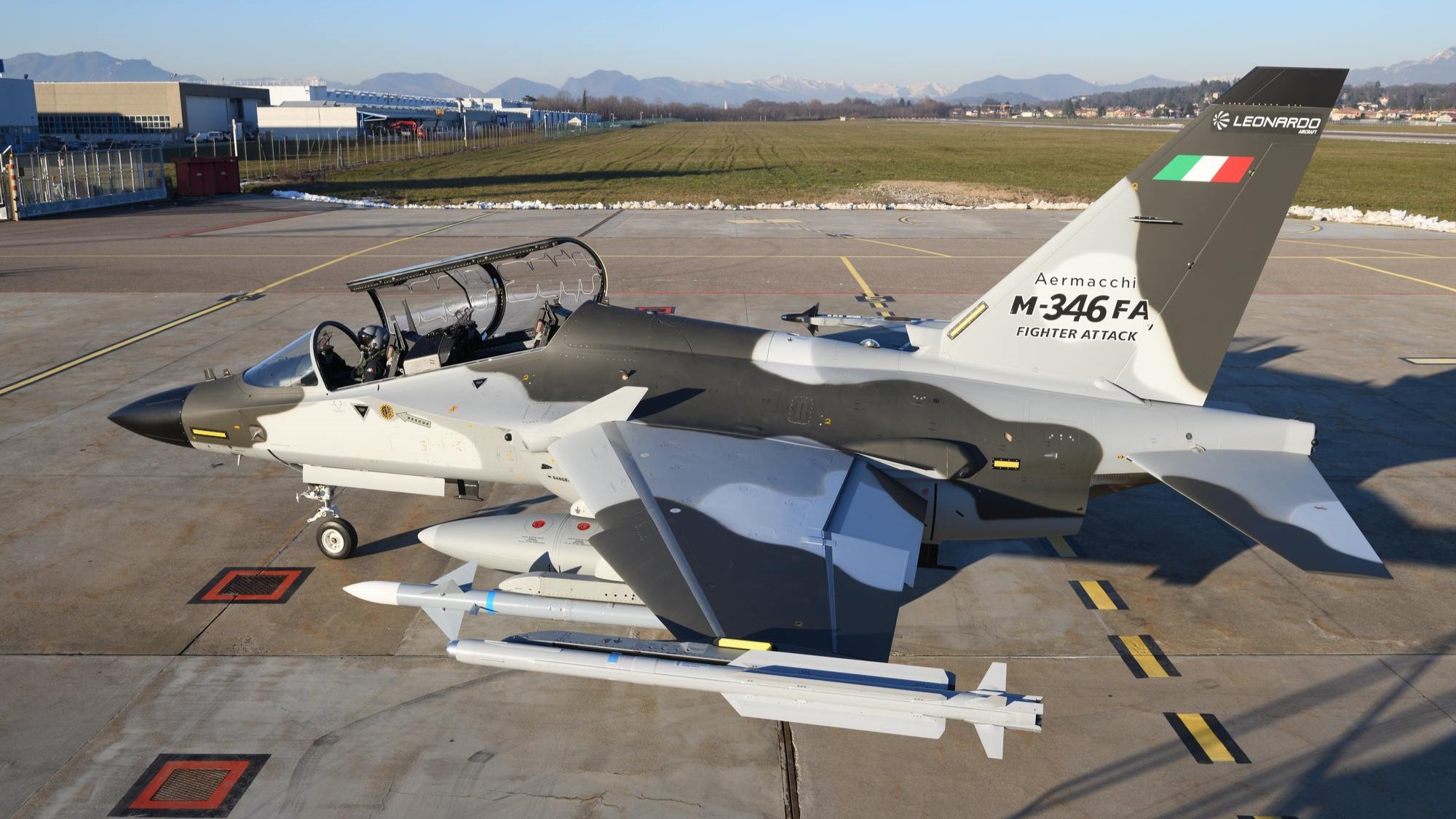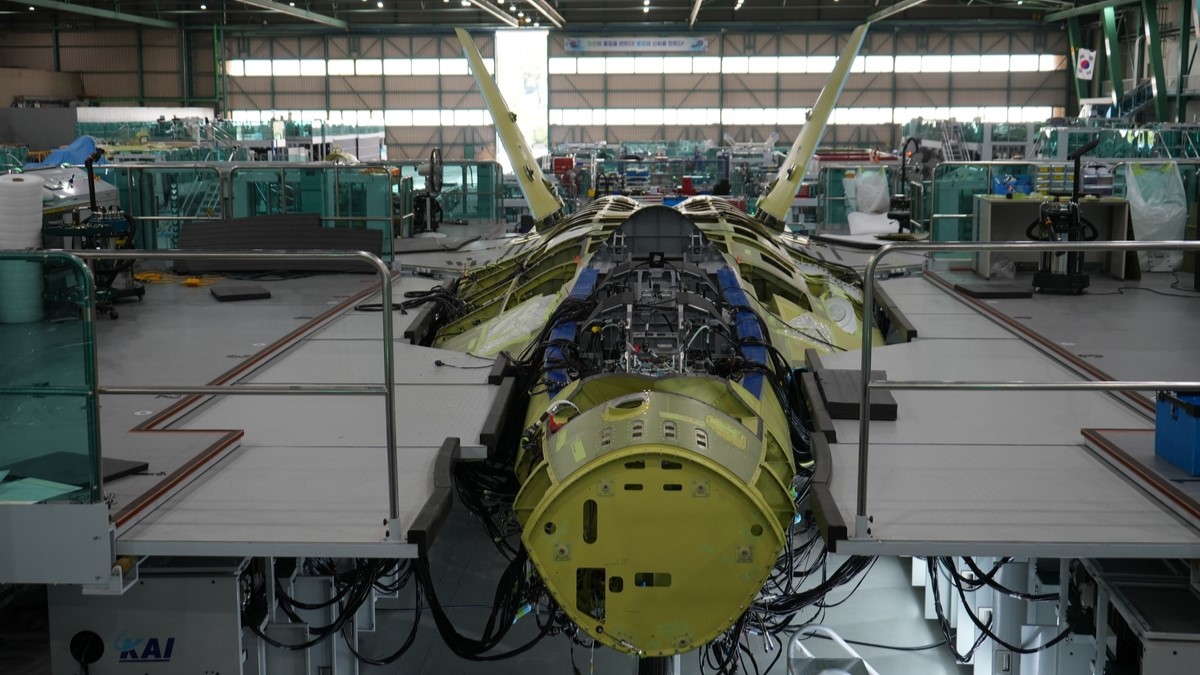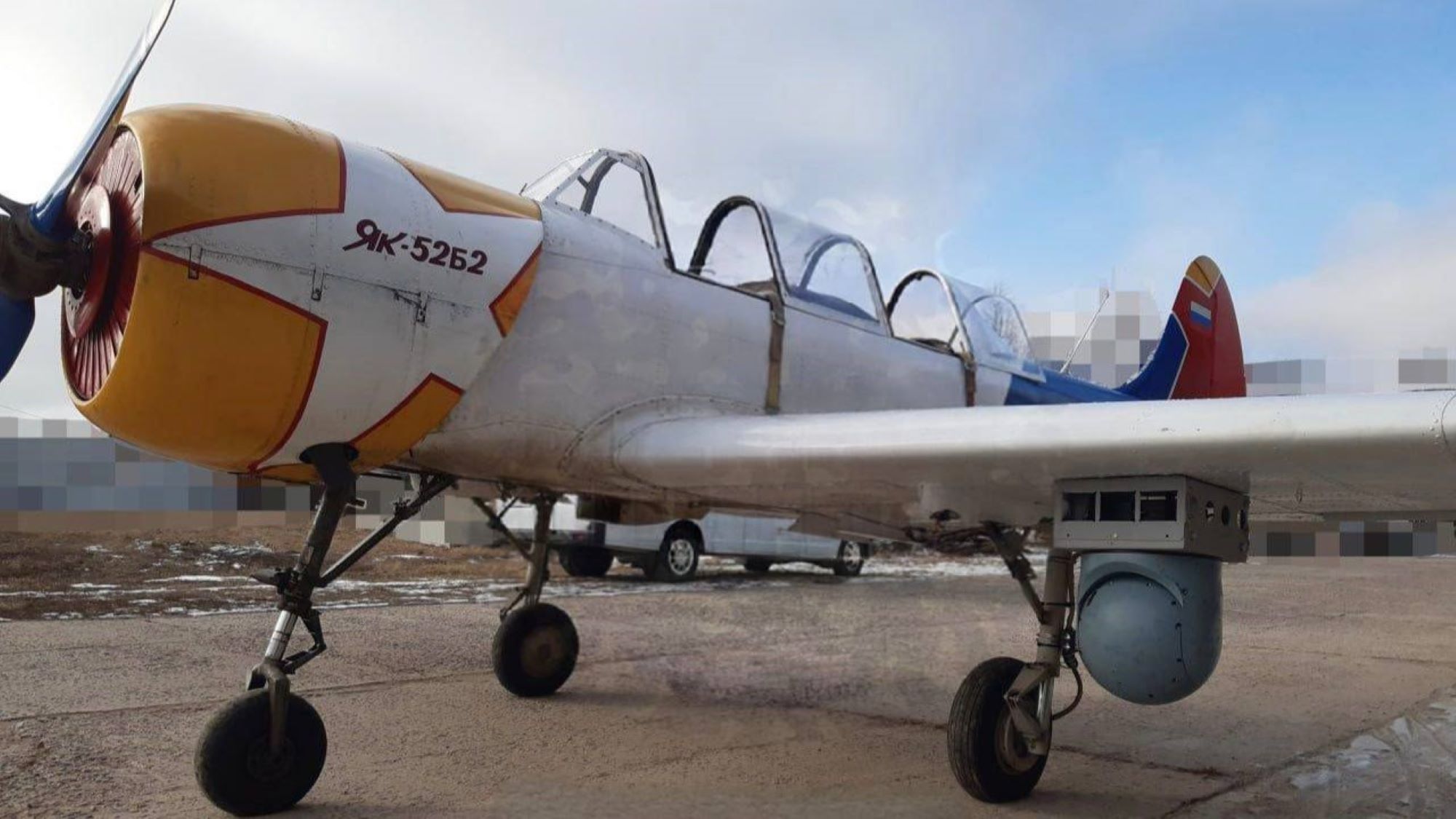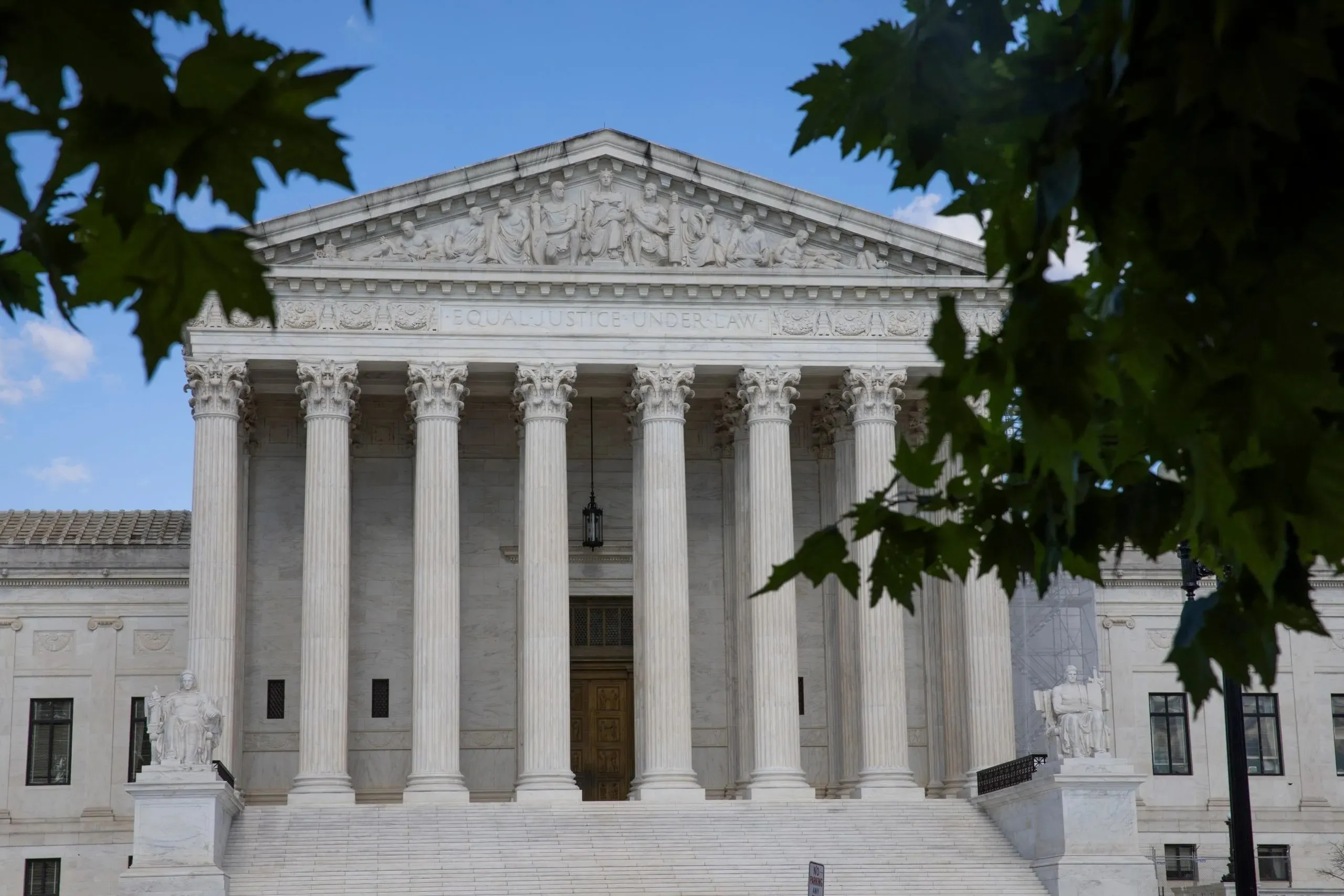Harnessing Aggregation‐Induced Emission and Multi‐FRET Strategies in a Single Conjugated Polymer Nanosystem for Enhanced Antibacterial Phototheranostics at Minimal Dosage
Advanced Healthcare Materials, EarlyView.

AIE-active conjugated polymer nanoparticles (FTDM NPs) with excellent fluorescence and high ROS generation ability are fabricated and successfully applied for fluorescence bioimaging and photodynamic killing of bacteria at an exceptionally low dosage. Additionally, a stable hydrogel matrix (FTDM NPs@gel) for wound dressing is obtained that demonstrates accelerated wound healing by inhibiting and eliminating bacteria in an infected mouse model.
Abstract
Developing effective antibacterial photosensitizers with excellent fluorescence properties, enhanced reactive oxygen species (ROS) generation, and low dosage requirements is highly desirable but remains a major challenge. Herein, a new aggregation-induced emission (AIE)-active conjugated polymer (FTDM) with remarkable light-harvesting properties is designed and synthesized by smartly engineering AIE and multi-FRET processes in its molecular structure. Thanks to donor-π-acceptor configuration, involvement of multi-FRET mechanisms, and the notable AIE effect, the as-fabricated water dispersible nanoparticles of FTDM (FTDM NPs) demonstrate outstanding fluorescence properties and high ROS generation ability compared to a non-AIE model conjugated polymer (FDM) and the common photosensitizer Chlorin E6. Efficient fluorescence bioimaging and photodynamic antibacterial activity are achieved using FTDM NPs under white light irradiation (20 mW cm−2) for 15 min, demonstrating over 99.99% efficacy against E. coli at a remarkably low dosage of 0.6 µg mL−1. Furthermore, a mechanically stable hydrogel matrix (FTDM NPs@gel) for use as a wound dressing is attained which demonstrated accelerated wound healing by inhibiting and eliminating bacteria through the photodynamic effect in an infected mouse model without causing any toxicity. Thus, intelligently designed photodynamic antimicrobial nanosystems can be revolutionary in minimizing the toxicity and combating the menace of drug resistance.














































